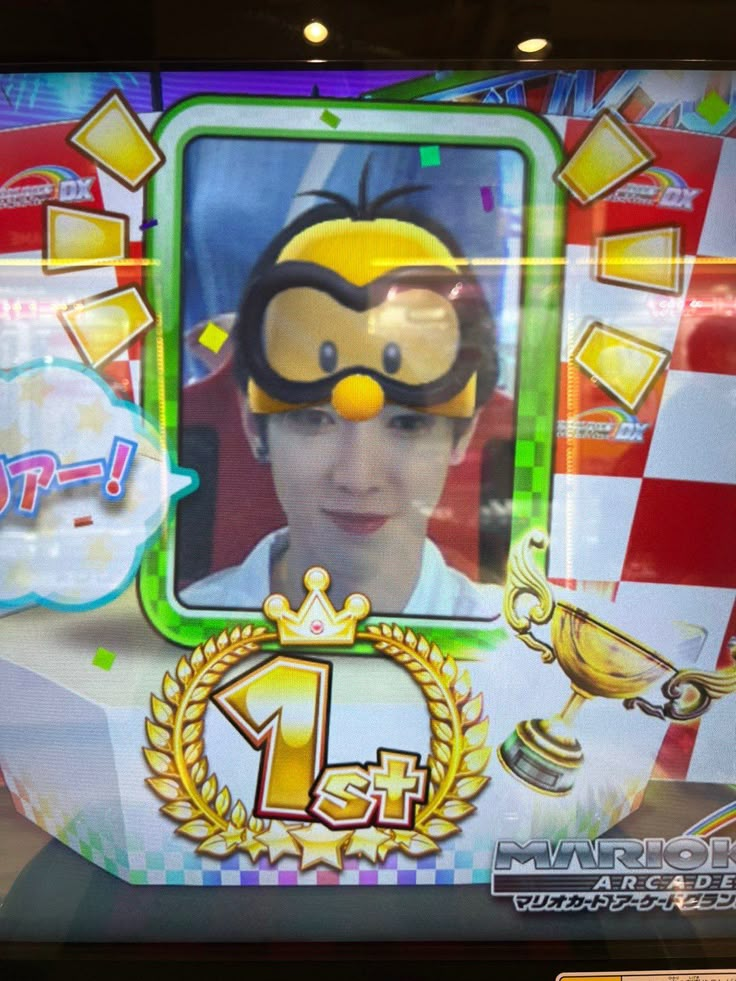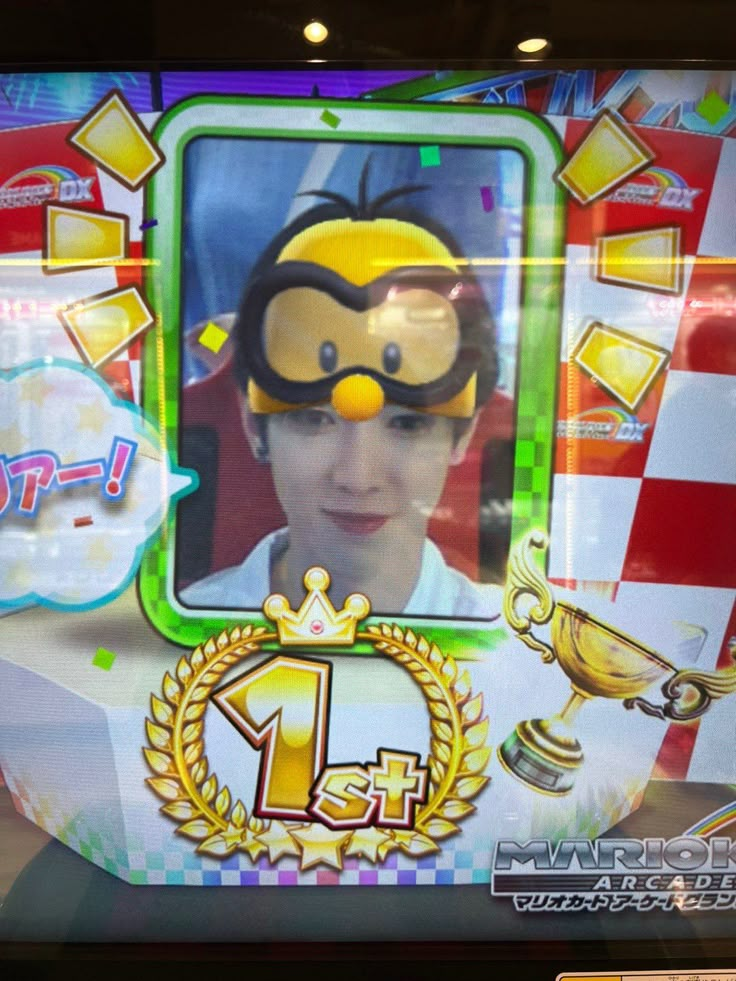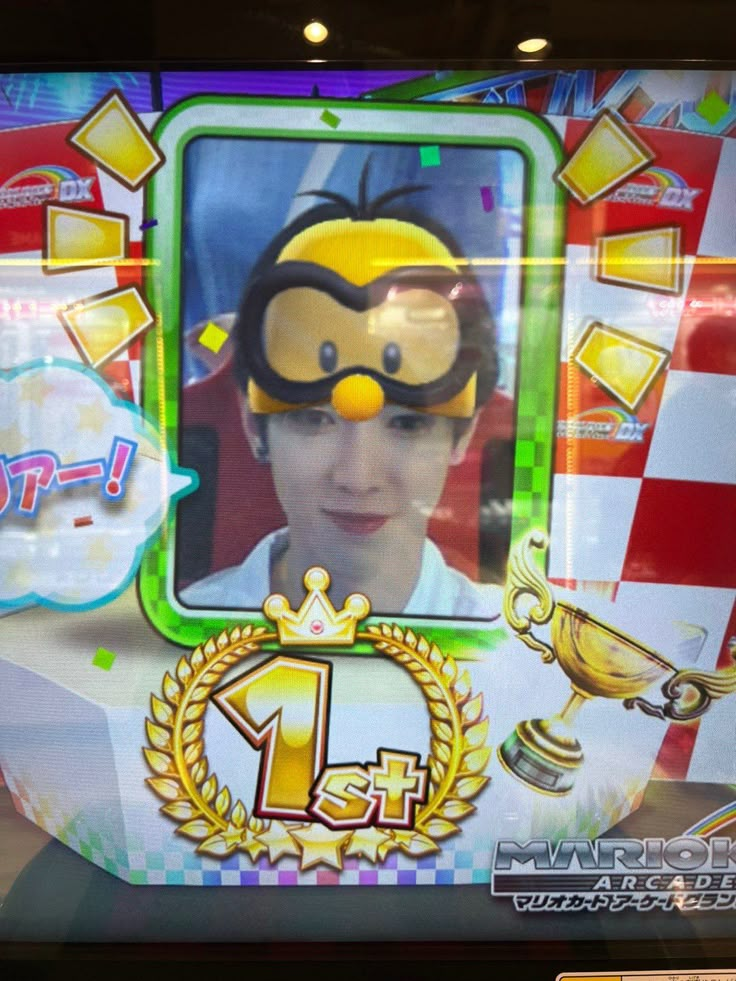addiction
1/16
Earn XP
Name | Mastery | Learn | Test | Matching | Spaced |
|---|
No study sessions yet.
17 Terms

Risk Factors- Genetic Vulnerability
Low number of D2 (dopamine) receptors found in people struggling with depression.
People with ability to metabolise nicotine enzyme (CYP2A6) smoke more than those without (Pianezza et al)- tolerance.
Monozygotic more likely to be pathological gamblers- interviews with 2889 pairs of twins (Slutske et al)
AO3:
+ Support from adoption studies (Kendler et al)
data from National Swedish Adoption Study- more likely to have addiction if at least one biological parent with one.
- Correlational, not causational
+ Support from Vink et al
1572 Dutch twins, nicotine 75% genetic.
- Inconsistent findings (Slutske et al)
49% male vs 55% female monozygotic twins both had.


Risk Factors - Stress
Self medication (Gekopf et al) - pathological behaviour viewed as being able to alleviate stress, strong predictor of relapse (Dawes et al).
Traumatic stress- Robins et al interviewed US soldiers a year after Vietnam (almost ½ used heroin, 20% dependent during war), Kessler et al (34% men with PTSD addicted, 15% without VS 27% women with PTSD, 8% without).
AO3:
+ Research support - Kessler Robins.
- Doesn’t explain why those without PTSD can become addicted.
- Retrospective studies - relying on memory of stressful events.
- Causation not established, unclear order of stress/ addiction.


Risk Factors - Personality
Personality traits (e.g. impulsivity, external LOC).
Addiction-prone personality - Barnes et al developed APP scale, found it to be an indicator of ‘heavy’ marijuana use.
Personality disorders (e.g. Anti-social) cause traits that link with addiction.
AO3:
+ Support for link of APD with addiction
Bahlmann et al interviewed 55 alcohol-dependent, 18 diagnosed.
+ Support for addiction-prone personality
Barnes et al - connection between personality and addictive behaviours, can prevent addiction by identifying.
- Lack of control of external variables.
- Minimised blame/self-fulfilling prophecy.


Risk Factors - Family Influence
Lack of (perceived) monitoring from parents.
SLT (Bandura) - behaviour learned through observation of those we interact socially with the most.
Parenting style (parental control/warmth), they are social models for their children.
AO3:
+ Research support (Reith and Dobbie)
interviews with 50 gamblers - boys learnt from fathers (sports betting), girls learnt from mothers (bingo, machines).
- Resilience to parental control/ supervision not quantifiable.
- Lack of consideration for siblings’ influence/ access to addictive material.


Risk Factors - Peer Influence
Peer pressure/ peers introducing to addictive material.
Latkin et al - addiction more likely in circles where behaviour is present, framed as desirable.
Shakya et al - indirect peer influence, parents influence child who influences their peers.
Conformity - NSI with peers.
SLT - identifies with admirable peers, positive reinforcement.
AO3:
+ Research support (Moreno et al)
56% of 400 MySpace profiles (17-20 years) referenced alcohol.
- Peer influence may be overstated (De Vries et al)
smoking within friend group more likely due to friend selection than influence on non-smokers.
+ Real-world application (Pitkanen et al)
longitudinal (14-42 years), early onset of drinking → addiction.
social norm intervention - challenge misconceptions and decrease alcohol consumption.


Genetic Explanation - Nicotine Addiction
Brain imaging = fewer D2 receptors → more likely to become addicted (Volkow).
Genes = 75% of inclination to start smoking (Volkow).
Genes CD2 receptors (DRD2) = initiation + inability to quit, increased tolerance and avoidance of withdrawal = maintenance.
AO3:
+ Genetic tests = early prevention/treatment.
+ Research support (Schachter)
½ Ps given high-nicotine cigarettes, other ½ low-nicotine.
Ps with low-nicotine wanted more.
body regulates + causes desire to smoke and avoid withdrawal.
- SLC6A3-9 (smoking gene) has 40% inheritability rate.
can’t purely be biological, must be partially learnt.
too reductionist.


Neurochemical Explanation - Nicotine Addiction
Nicotine receptors triggered by its presence → release of dopamine in nucleus accumbens (pleasure centre).
Built up tolerance = need for more.
Nicotine paradox = smoking appears to relax people but it is a stimulant.
AO3:
- Reductionist
biological model = oversimplified, suggests addiction is inevitable.
COUNTER: environmental factors not always relevant.
- Ignores individual difference - access to nicotine, desire to use, etc..
+ Research support from twin studies
108 MZ twins raised separately = 75% concordance for smoking status.
similar found in MZ raised together.
+ Real-life application - new treatment
nicotine replacement therapy (e.g. gum, patches) deliver controlled dose - binds with neurons and mimics effect.


Learning Theory Explanation - Nicotine Addiction
Classical conditioning = initiation:
Sitting with friends who smoke (UCS) + Nicotine inhalation (NS) → nucleus accumbens triggered, pleasure.
Nicotine inhalation from smoking (CS) → nucleus accumbens triggered, pleasure.
Operant conditioning (positive reinforcement) = maintenance.
Pleasure of smoking = primary reinforcer, stimuli present at same time = secondary reinforcer (rewarding on their own).
Situations where smoking is common (e.g. pub) = cues, produce same effects as smoking.
Wikler - group of opiate addicts experienced withdrawal symptoms in places associated with former drug use.
should change routine in recovery to avoid this.
Goldberg
monkeys repeatedly pressed lever to receive nicotine → reinforcement.
- generalisability?
Calvert - smokers shown cigarette packet had greater biological activation.
- based on self-report - social desirability, subjective.
+ physical signs (e.g. sweat, heart rate) = objective


Learning Theory AO3 - Nicotine Addiction
- Slightly reductionist
simple, but ignores biological, social, cultural
- Deterministic
ignores cognition, individual choice, neurochemistry outside of dopamine (e.g. GABA).
+ Initiation clearly explained, not in other approaches.
+ Real-life application
suggests smoking can be ‘unlearned’ since it is learnt.
- Ethical + generalisation issues of animal studies


Learning Theory Explanation - Gambling Addiction
Reinforcement:
vicarious, positive, negative.
partial = win only percentage of times.
variable = uncertain form of partial- most effective.
Cue reactivity = secondary reinforcer → stimulus (e.g. flashing lights).
Gambling environment = excited/inviting atmosphere.
‘Big win’ hypothesis = win early in experience → increased desire to gamble.
‘Near miss’ hypothesis = encouragement to ‘try again’ from excitement.


Learning Theory AO3 - Gambling Addiction
- Can’t explain all stages of initiation + maintenance- incomplete explanation.
- Suggests all initiating cues will continue to work
Griffiths - interactionist approach, cues = vulnerable, psychological risks = stressors.
+ Research support for positive/vicarious reinforcement (Dickenson)
high frequency gamblers placed bets 2 minutes before race - pre-race buzz.
- Doesn’t explain transition from behaviour to addiction - some gamble but do not become addicted.


Cognitive Explanation - Gambling Addiction
Expectancy theory = initiation - outcome > cost.
Self efficiacy = belief that belief → desired outcome, explains relapse- don’t believe they can lose.
Cognitive biases = irrational beliefs that don’t reflect reality.
Gambler’s fallacy = luck influenced by random recent events.
Illusions of control, recall bias (only recall wins).
Griffiths - 30 non-regular vs 30 regular gamblers given £3 for fruit machines, more irrational verbalisations from regulars.
+ Research support (Burger + Smith)
people with high level of ‘control motivation’ = more gamblers.
+ Real-life application - treatment
CBT directly addresses irrationalities.
- Individual difference (fruit machines + online > sports + horses).
- Methodological issues (self-report).


Drug Therapy - Reducing Addiction
Aversive drugs = cause negative consequences, e.g. antabuse.
Agonists = mimic effect on neurotransmitters but less harmful, e.g. methadon.
Antagonists = blocks neurotransmitters (and effect of drugs), should be accompanied by counselling, e.g. naltrexone.
Nicotine:
agonists - patches, gum, inhaler = stimulate release of dopamine, slowly reduced.
antagonists - varenicline = reduces craving, blocks rewards.
- Ineffective, many relapse over withdrawal, relies on patient.
+ Less commitment, less impact on economy (time off/cigarette breaks), less expensive than CBT.
+ 60% relapse rate, less than placebo patches.
- Ethical issues (cardiovascular change with gum and patches, dependency on replacements).


Prochaska’s 6 Stage Model (Prochaska + DiClementes)
Overcoming addiction is cyclical not linear - stages may be repeated or skipped altogether.
Depends on readiness to quit, stage of recovery.
1. Precontemplation
not considering changing behaviour (unmotivated, denial).
focus on recognising need for change.
2. Contemplation
thinking about change sometime in next month.
focus on pros > cons.
3. Preparation
undecided on how/when to change.
focus on constructing a plan.
4. Action
have done something to change (therapy, meaningful action).
focus on developing coping skills to quit.
5. Maintenance
kept changes for > 6 months.
focus on relapse prevention, avoiding cues.
6. Termination
newly acquired behaviours become automatic.
may not be realistic in all cases.


Prochaska’s Model AO3
+ Dynamic process
recognises importance of time, recycling stages, skipping them.
COUNTER: arbitrary stages, no evidence to distinguish. Kraft = precontemplation + all others - may mean less useful for treatment reccomendations.
+ Positive view of relapse
relapse is inevitable but also impactful on recovery.
face validity - realistic.
- Contradictory research (Taylor et al)
review for NICE (meta analysis) = no more effective than alternatives.
defined stages cannot be validated.


Theory of Planned Behaviour (Ajzen)
Behaviour is under conscious control of individual
increased perceived control = intention to try harder.
Personal attitudes = degree to which behaviour is positively/negatively viewed/
2005 - ONDCP = ad campaign to decrease teenage cannabis use, attributed success to teenage attitudes.
Subjective norms = social pressure to be involved/not
anti-drug campaigns use real stats to challenge misconceptions about how common behaviour is.
Perceived behavioural control = presence of factors that help/hinder performance.
prevention programmes focus on effort/willpower


ToPB AO3
- Problems determining intention from self report
social desirability bias.
+ Research support
all 3 factors tested + predicted intention to limit drinking to national guidelines (1 month + 3 months).
COUNTER: wasn’t so successful for all addictions (e.g. binge drinking).
- Doesn’t consider external factors
e.g. personality + culture.
- Invalid evidence
much is based on self report.
